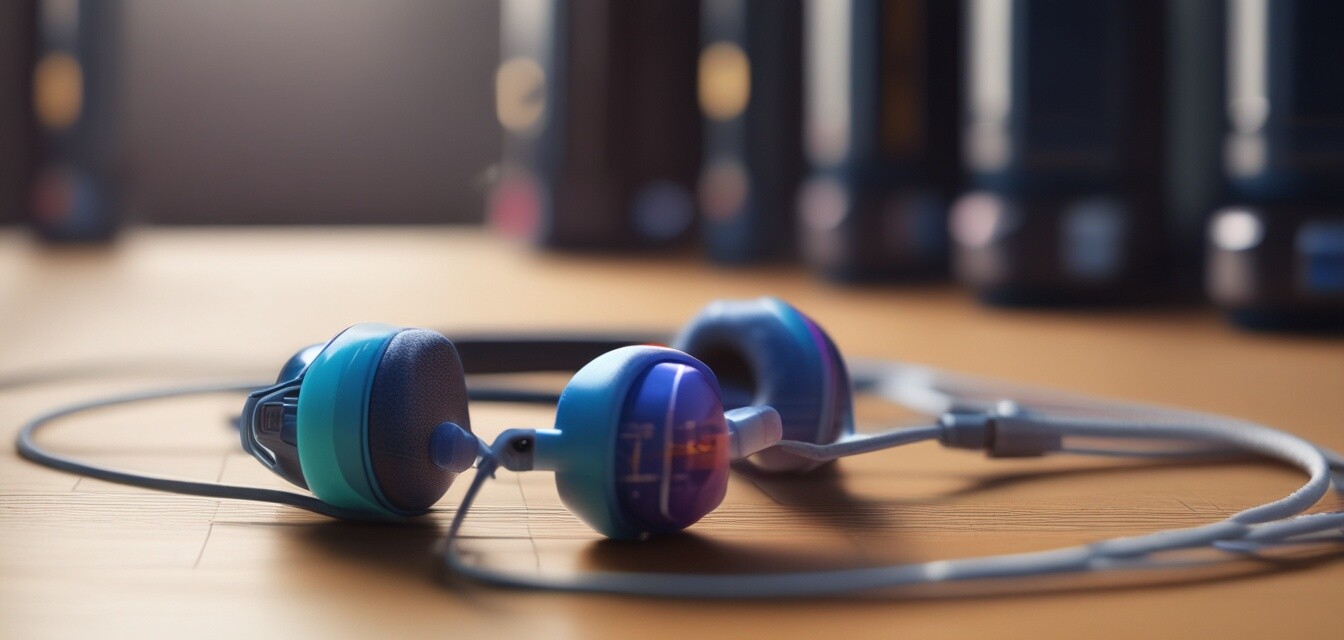
How to Calibrate Your Earbuds for Optimal Sound
- Understanding the importance of sound calibration.
- Steps to adjust your earbuds for a personalized sound profile.
- Tips for optimizing your listening environment.
If you're an audiophile or simply a music lover, achieving the best sound experience with your earbuds is essential. Calibration can significantly enhance sound quality, making your listening sessions more enjoyable. This guide will walk you through the process of calibrating your earbuds for optimal sound tailored to your unique listening environment.
Why Calibrate Your Earbuds?
Calibrating your earbuds is crucial because sound reproduction can vary widely based on your environment, ear shape, and personal preferences. Here are a few reasons to consider calibration:
- Improved audio quality: Calibration helps to adjust frequency response and balance to suit your taste.
- Comfort: Properly calibrated earbuds can prevent ear fatigue during extended listening sessions.
- Enhanced music enjoyment: Tailoring sound settings leads to a more immersive listening experience.
Steps to Calibrate Your Earbuds
Step 1: Choose Your Sound Source
Select a high-quality audio source to ensure accurate calibration. This can be a streaming service, a music file, or an audio testing app.
Step 2: Use Audio Calibration Tools
Consider using calibration software or apps designed for audio tuning. Some popular tool options include:
| Tool Name | Description |
|---|---|
| Sonarworks SoundID | Offers personalization of headphone audio profiles based on listening habits. |
| True-Fi | A software that corrects headphone frequency response based on a wide database of headphones. |
| RTA & SPL Meter Apps | Real-time analysis tools can help visualize frequency response. |
Step 3: Run Frequency Response Tests
Execute frequency response tests using your calibration app. These tests will help identify how your earbuds perform across different frequencies—from deep bass to high treble.
Step 4: Adjust Equalizer Settings
After identifying the strengths and weaknesses of your earbuds, adjust the equalizer settings. Customize the following frequency ranges to meet your preference:
- Bass (20-250Hz): Boost or cut to match your preferred low-frequency response.
- Mids (250Hz-4kHz): Easily tweak for vocal clarity and instrument presence.
- Treble (4kHz-20kHz): Handle brightness and detail for a crisp sound.
Optimizing Your Listening Environment
Your surroundings can greatly affect sound quality. Here are some tips to create an optimal listening environment:
Tips for a better listening experience
- Positioning: Ensure your earbuds fit snugly to create a good seal against ambient noise.
- Reduce Background Noise: Choose a quiet environment to enhance audio clarity.
- Adjust Volume Levels: Avoid excessively high volumes to protect your hearing while ensuring a balanced sound.
Common Calibration Mistakes
Avoid these common pitfalls to ensure a professional-sounding calibration:
- Ignoring ear shape: Earbuds should fit comfortably and securely in your ears to prevent sound leakage.
- Skipping frequency tests: Failing to conduct proper frequency tests may leave your earbuds underperforming.
- Over-boosting bass: While it can be tempting, excessive bass can mask other frequencies and ruin audio quality.
Conclusion
Calibrating your earbuds is a straightforward yet effective way to enhance your listening experience. By following these steps, you can achieve a sound profile that suits your preferences and the environment you are in. For further insights into headphone technology, feel free to explore our Audio Quality Insights category, where we provide detailed analyses on various audio factors and tips to improve your listening habit.
Pros
- Customized sound tailored to your preferences.
- Improved comfort for extended listening.
- Enhanced enjoyment of music across different genres.
Cons
- Calibration may require trial and error.
- Some tools may have a learning curve.
- Inconsistent results due to environmental factors.